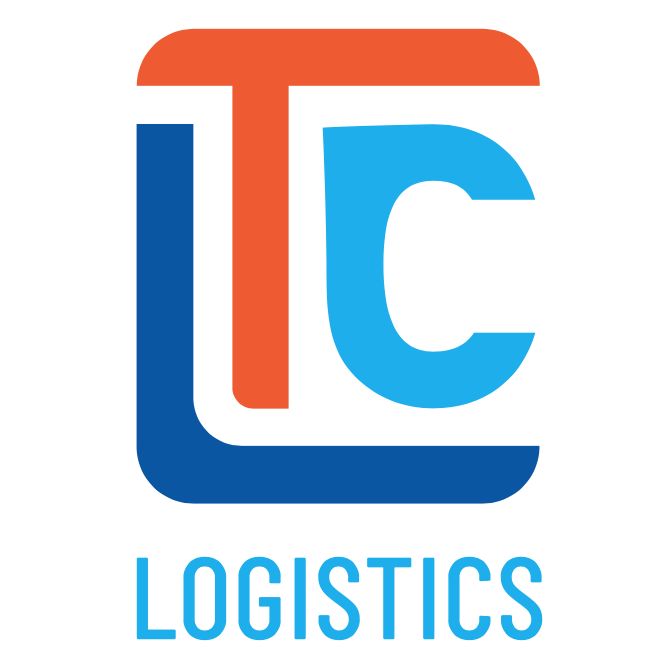E-commerce logistics witness an era of unprecedented growth when digital transformation takes place strongly in 2021.
Currently, at least 102 key logistics service providers, including the “big guys” with solid foundations and emerging businesses, are operating in the Southeast Asian market. 2020-2021 is the time showing the fastest and most explosive development of the world’s e-commerce logistics ecosystem. Not only “expanding” in terms of the market, this field is also notable for its remarkable strides in bringing modern technologies such as big data and artificial intelligence (AI) into operation.
According to Andy Huang, Logistics Director of Lazada Group, this improvement helps to cut costs for businesses but still maintain or even increase operational efficiency many times compared to the traditional process. It is this development of logistics businesses that has contributed to reducing the overload of e-commerce demand in the past two years.

The automatic sorting system is operated almost entirely by robots of Lazada Logistics. Photo: Lazada Vietnam
On the other hand, Mr. Andy Huang also pointed out that this rapid development has opened up new issues about the sustainability of the e-commerce logistics ecosystem. Many logistics businesses are born, which will help meet market needs. But some units only focus on one, or a few, certain markets and customers, quite a few businesses operating in multiple fields.
Scaling in a sustainable way
Accordingly, how to properly scale up to meet the needs of businesses and consumers is what logistics companies need to focus on. The logistics director said that it is necessary to build a sustainable growth direction by practical application in the operation process.
Specifically, Mr. Andy Huang advised each logistics business to consider parcels as “passengers” on bus routes. If each business only sets up a single route from point A to point B, and each route is handled by a different bus operator, it will lead to a longer route and travel time.
To overcome this factor, he suggested businesses should have a “bus transfer station”. This will be a place to gather goods from many different places. “Passengers” can board the bus of any convenient carrier to go directly to the destination instead of having to stop many stations, causing delays in the schedule.
“The analogy of a bus interchange in this context will help lay the groundwork for an integrated supply-chain network between supply and logistics. The intelligent technology application system allows for a more efficient and customer-focused e-commerce experience than traditional operations,” said Andy.

A warehouse of Lazada in Thailand. Photo: Lazada
Besides, he also pointed out that the current challenges facing logistics enterprises are related to e-commerce logistics. The importance of ecosystem members not only comes from a technology perspective, but also lies in their ability to recalibrate their operating and business models for long-term sustainable growth.
Long-term investment solutions
E-commerce logistics is still quite separate from other aspects of the market. Establishing networks and terminals exclusively for this sector depends on substantial capital investment to maintain and operate. Mr. Andy said small businesses often cannot afford this amount of investment costs.
Accordingly, he suggested that small businesses can cooperate with companies providing multi-channel logistics services. The two sides can jointly build a warehouse, serving separately for suppliers and brands on e-commerce. This form can help bring benefits to both sellers, small logistics businesses and the “big guys” in the industry on the journey to build a sustainable transport and classification chain.
In addition, with scale and end-to-end capabilities, e-commerce platforms can incentivize merchants and their partners to open more options for fast delivery services to users. Merchants can fulfill orders faster, increase store visibility, and increase traffic. Shorter delivery times are the fastest way to improve the customer experience, positively impact the shopping experience, increase repurchase rates, and bring in new customers.

Thanks to owning its own logistics company, Lazada can self-sort up to 80% of the goods and deliver them to users quickly, limiting dependence on external logistics businesses. Photo: Lazada Vietnam
The e-commerce logistics industry has come a long way in the past decade. From managing orders using an Excel system to owning a centralized data management platform, the industry has made great strides in meeting the needs of sellers, brands and consumers. .
Mr. Andy Huang emphasized that when both e-commerce and logistics promote their growth potential in the Southeast Asian market, businesses in this field are forced to constantly improve their processes and operating systems to adapt. and meet the booming market demand.
“If you want to create a sustainable and comprehensive e-commerce logistics ecosystem, integrating logistics activities both inside and outside the business will be important. Every business needs to treat human and resource planning as a single entity. Just achieving that, logistics and e-commerce businesses can significantly cut business costs, help brands and sellers more competitive on a global scale, “said Andy Huang. shall.
Thai Nghien (According to Business Times)


